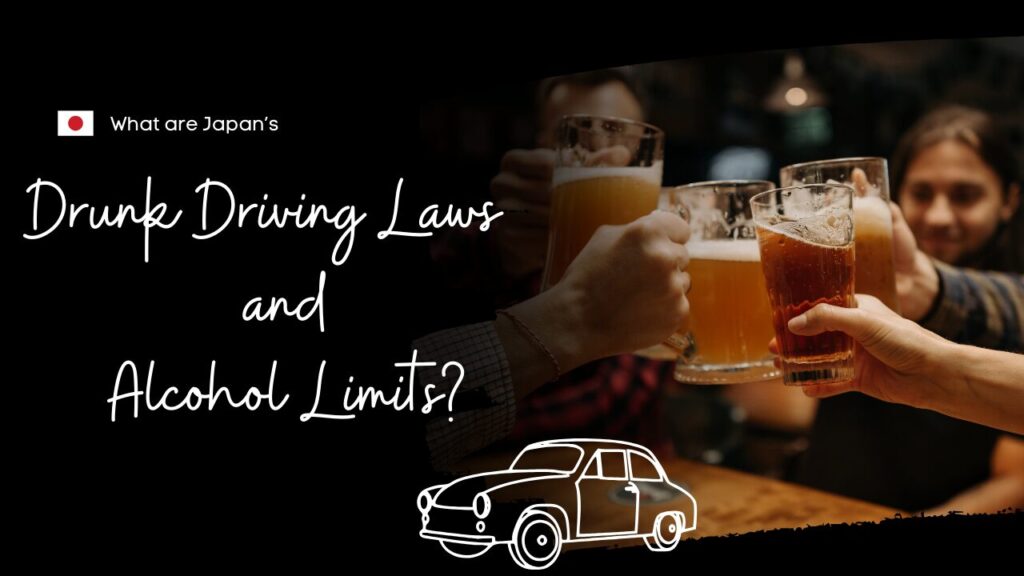
- Drunk Driving in Japan: Understand the Laws and Penalties
- What Are the Penalties for DUI and DWI in Japan?
- Determination Based on “Alcohol Concentration” and “Degree of Intoxication”
- Where Are Sobriety Checkpoints Conducted?
- How Long After Drinking Can You Drive?
- Use a Taxi or a Driving Service
- In Conclusion
Drunk Driving in Japan: Understand the Laws and Penalties
Driving under the influence of alcohol is considered a serious crime in Japan, and for good reason. When you drink and drive, you are not only risking your own life but also the lives of others on the road. The consequences of drunk driving can be severe, with penalties that are among the strictest in the world.
In Japan, the legal blood alcohol concentration (BAC) limit for drivers is set at 0.03%, which is much lower than many other countries. Even small amounts of alcohol can lead to significant legal consequences. If you’re caught driving under the influence (DUI), the penalties can include heavy fines, imprisonment, and the suspension of your driver’s license.
Drunk driving laws in Japan are in place to protect everyone on the road. In the case of a serious accident, such as a fatal crash, not only will the driver’s life be severely impacted, but the families and victims involved will also suffer irreparable harm. This is why Japan takes such a firm stance against driving while intoxicated.
If you’re planning to drive in Japan, it’s crucial to understand the country’s strict drunk driving laws and the penalties for breaking them. Whether you’re visiting as a tourist or living in Japan, being informed about DUI laws and avoiding alcohol before driving is essential for your safety and the safety of others.
In this article, we’ll take a closer look at Japan’s drunk driving laws, the penalties you could face if caught, and important tips to stay safe on the road.
What Are the Penalties for DUI and DWI in Japan?
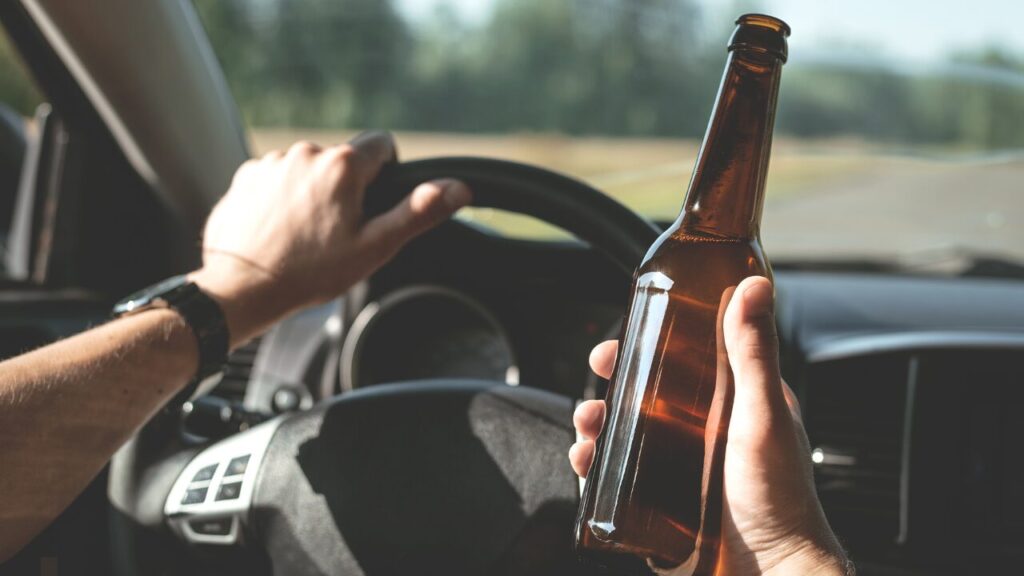
Under Japan’s Road Traffic Act, drunk driving is classified into two categories:
- Driving Under the Influence (DUI) (Shukiobi unten)
- Driving While Intoxicated (DWI) (Sakeyoi unten)
Driving Under the Influence (DUI)
[Penalties]
Up to 3 years in prison or a fine of up to 500,000 yen
DUI refers to driving with a breath alcohol concentration of 0.15 mg or more per liter of breath.
This act is strictly prohibited by law, and those found guilty of DUI will be subject to penalties such as fines and administrative sanctions under the Road Traffic Act.
If a breath alcohol concentration of 0.25 mg or more is detected, stricter penalties, including license revocation, will be imposed.
Driving While Intoxicated (DWI)
[Penalties]
Up to 5 years in prison or a fine of up to 1,000,000 yen
DWI refers to driving in a state where alcohol consumption has impaired normal driving ability.
Indicators of intoxication include:
- Inability to walk in a straight line
- Slurred speech
- Inability to respond properly to police questioning
Unlike DUI, DWI is determined based on behavioral symptoms, regardless of breath alcohol concentration, and offenders can be arrested on the spot.
Determination Based on “Alcohol Concentration” and “Degree of Intoxication”
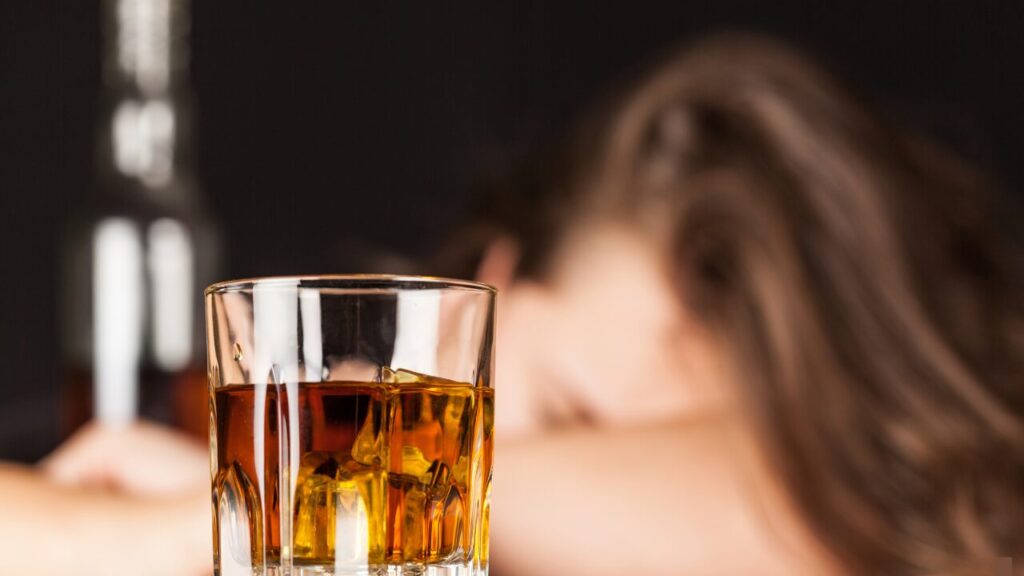
DUI (Driving Under the Influence) is determined based on numerical values measured by a breathalyzer during police sobriety checkpoints.
Regardless of whether the driver feels intoxicated or their individual alcohol tolerance, once their breath alcohol concentration exceeds the legal limit, they are subject to penalties.
On the other hand, DWI (Driving While Intoxicated) is not determined by numerical values but by how intoxicated the driver appears and how much alcohol has affected their ability to drive.
Even if the breath alcohol concentration is below the DUI threshold of 0.15 mg per liter, a person who shows significant signs of intoxication due to low alcohol tolerance can still be punished for DWI.
Where Are Sobriety Checkpoints Conducted?
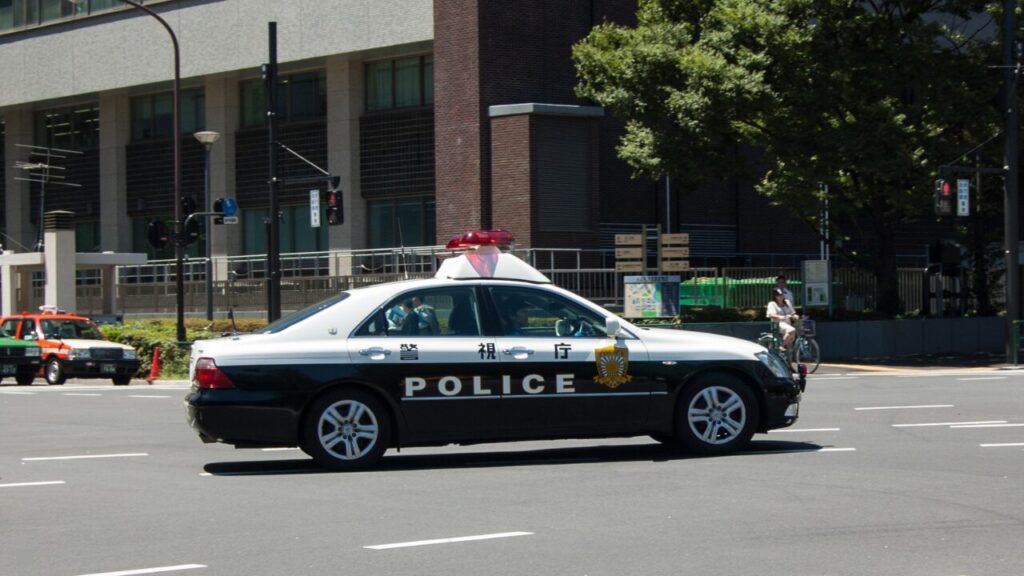
The locations where sobriety checkpoints are conducted vary depending on the police department of each prefecture.
However, they are commonly set up in:
- Busy and populated areas
- Major roads and highways
- Near highway exits
- Less visible backstreets
Sobriety checkpoints are conducted to check whether drivers are under the influence of alcohol.
Police officers use their sense of smell and specialized alcohol detection devices (breathalyzers) to measure the amount of alcohol in a driver’s breath.
How Long After Drinking Can You Drive?
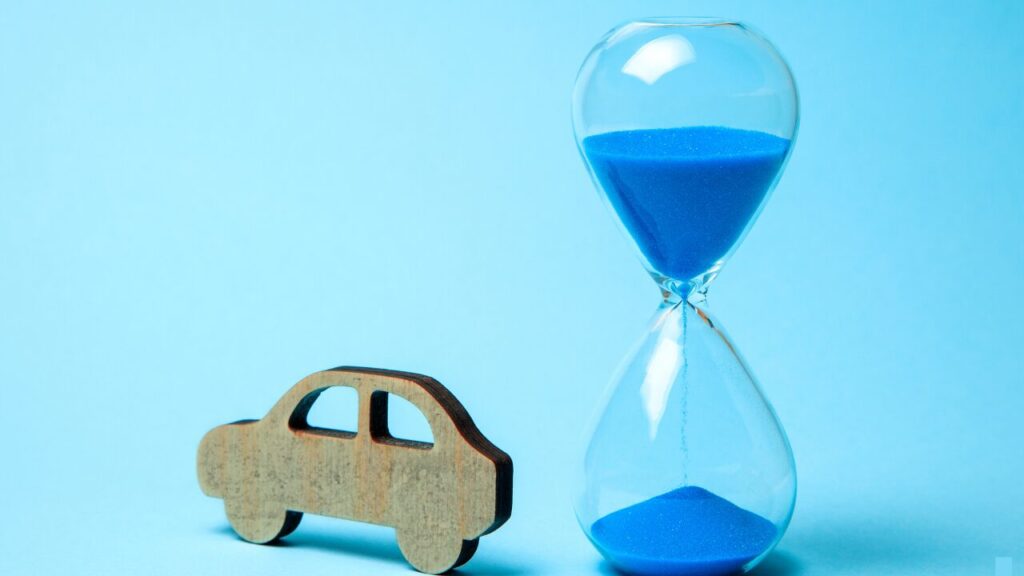
The speed at which alcohol is metabolized varies from person to person, and the estimated time required depends on the amount and type of alcohol consumed.
For a person weighing 60 kg, the estimated amount of alcohol they can consume if they plan to drive six hours after drinking is as follows:
- Sake (180ml per serving): 1.5 servings
- Canned beer (350ml): 2 cans
- Canned chuhai (350ml): 2 cans
- Shochu (180ml per serving): 1 serving
- Wine (120ml per glass): 3 glasses
- Whiskey (30ml per single shot): 3 shots
These figures are only rough estimates. Since alcohol metabolism varies among individuals, always use a breathalyzer to check your alcohol levels before driving and take necessary precautions.
Use a Taxi or a Driving Service

If you drink alcohol, the best option is to take a taxi home or to a hotel. However, there may be situations, especially while traveling, where you unexpectedly consume alcohol.
In Japan, there is a service called “Untei Daikou” (Driving Proxy Service).
A driving proxy service allows you to hire a driver to operate your car on your behalf. It is most commonly used after drinking alcohol, such as after company parties, golf outings, or weddings. However, it can also be used for other reasons, such as feeling unwell or lacking confidence in driving on rainy days.
If you need a driving proxy service, ask the restaurant staff—most establishments have contact information for such services.
Additionally, Japan has multilingual taxi apps such as Uber and Go. Be sure to check them out for a convenient and safe ride.
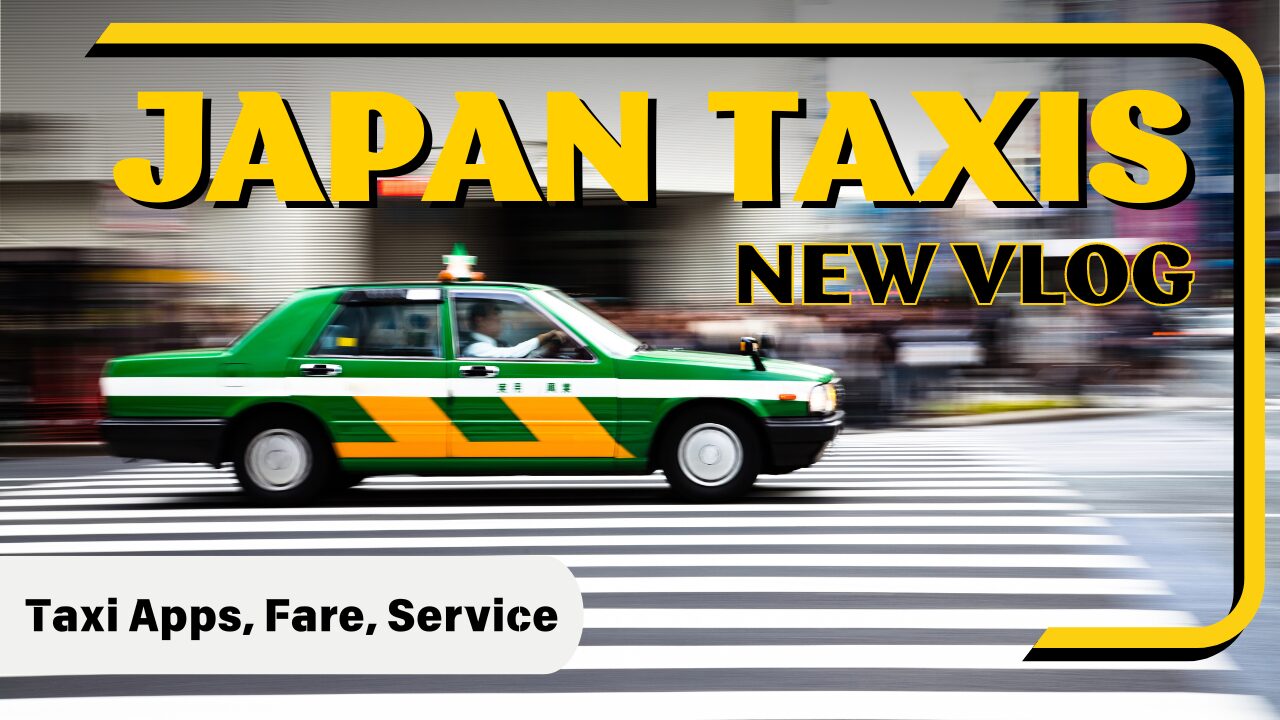
In Conclusion
Both Driving Under the Influence (DUI) and Driving While Intoxicated (DWI) are extremely dangerous behaviors that can lead to tragic accidents.
Even a moment of carelessness—thinking “It’s just a little, so it’ll be fine”—can drastically change the course of your life.

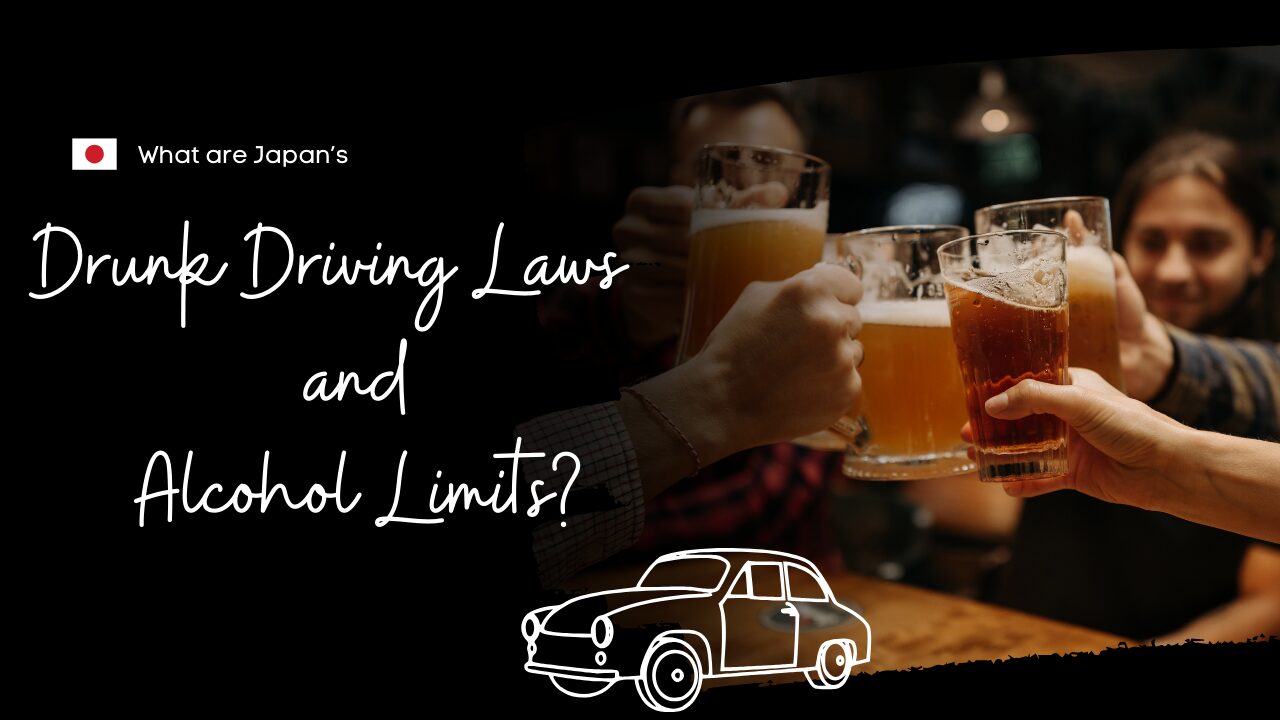


COMMENT